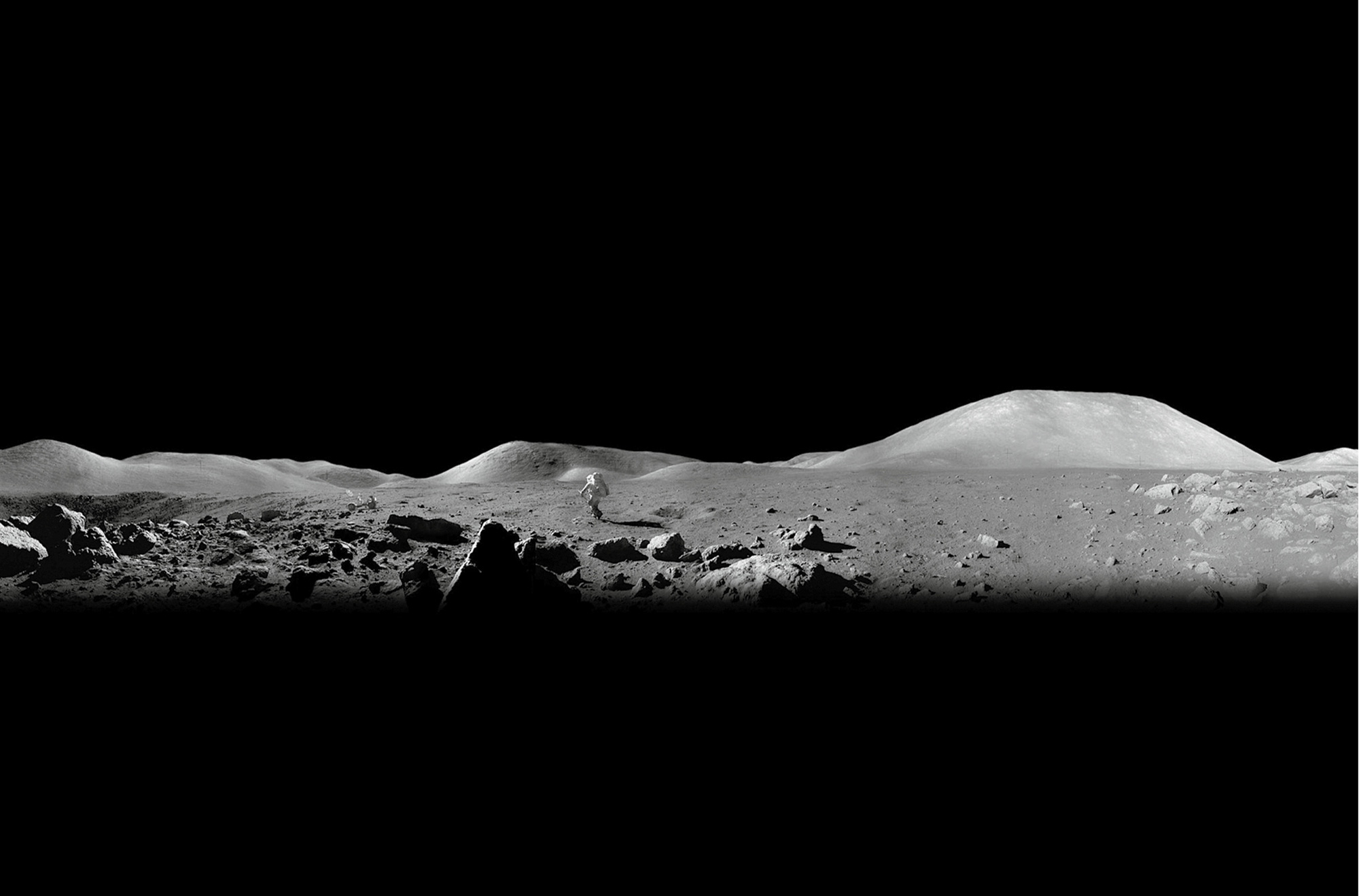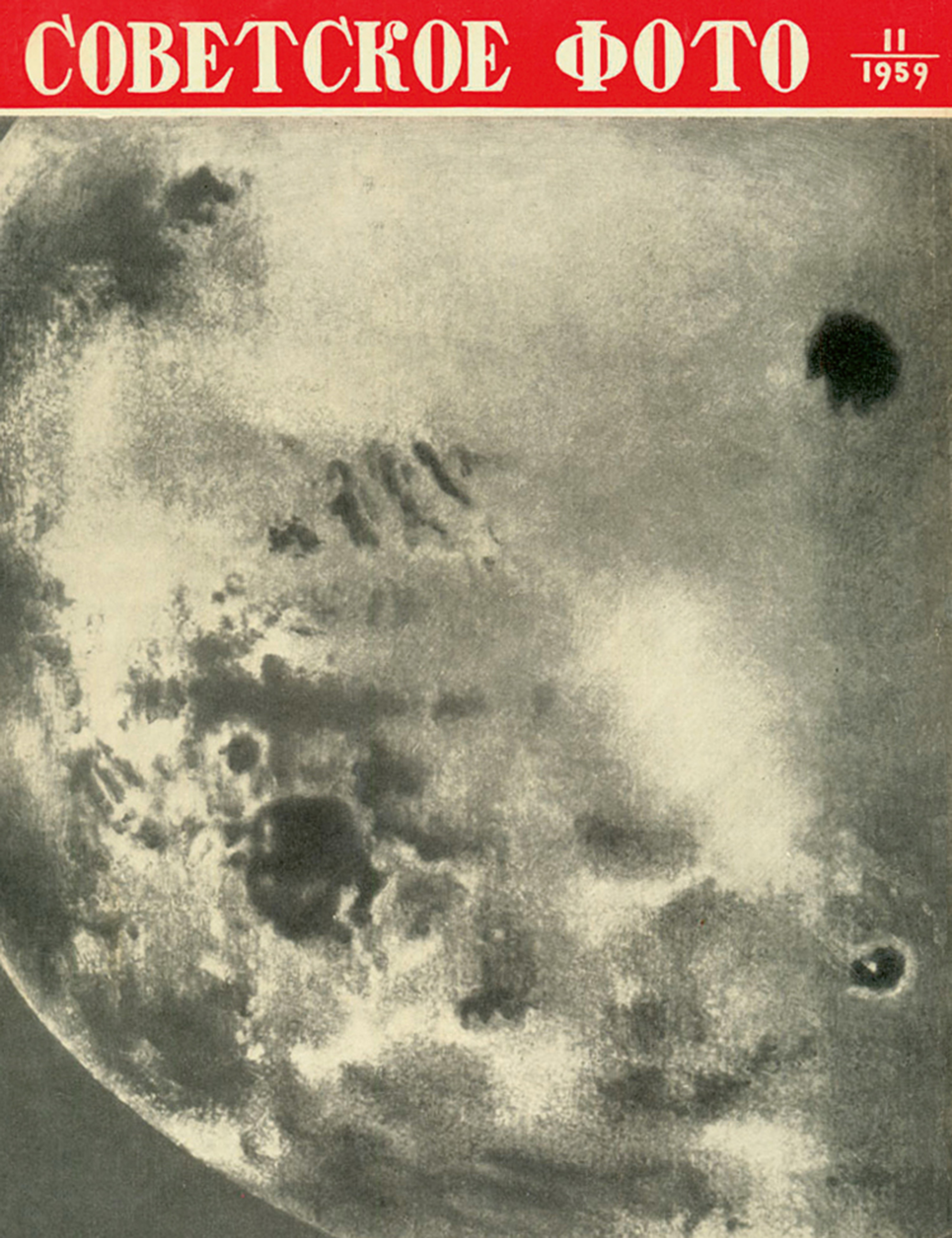It’s All Dark
Toward a history of the dark side of the moon
Justin E. H. Smith

All that you touch / All that you see. The English graphic designer Storm Thorgerson, speaking of his career’s most iconic album cover, told the BBC in 2009: “Refracting light through a prism is a common feature in nature, as in a rainbow. I would like to claim it, but unfortunately it’s not mine!” In its title and in the color prism now eternally associated with it, The Dark Side of the Moon, Pink Floyd’s 1973 magnum opus, elides the distinction between two very distinct chapters in the history of science. One is Isaac Newton’s discovery, spelled out in the 1704 Opticks, that the prism does not so much produce color from light as it separates out the colors that are already in light. If refraction is a common occurrence in nature, nonetheless for 269 years, until Thorgerson’s appropriation of it, the image of the prism belonged to the Newtonian legacy. The other chapter, the history of that side of the earth’s sole natural satellite that, as a result of so-called “tidal locking,” remains in its orbit perpetually occluded from terrestrial view, is rather more difficult to trace back through all of its pre-Floydian instances.
Waters, Gilmour, et al. had been hoping, in this particular lunar allusion, to draw on millennia of speculation about a place that, precisely to the extent that it lay beyond our view, had long served as a field for the projection of possibilities, for science-fiction scenarios well before that genre had a name. Yet the penultimate chapter of this lunar hemisphere’s history, prior to its occupation by rock music, was played out against the background of the Cold War, and represented a victory not for youth or imagination or trippiness but for the advance of reason and the unstoppable juggernaut of Soviet techno-scientific domination. On 7 October 1959, the USSR launched its “interplanetary station” Luna 3, which circled around the far side of the moon and successfully transmitted vivid photographic images back to Earth. These were published by the Russian Academy of Sciences the following year in the magnificent Atlas of the Opposite Side of the Moon.[1]

The enthusiasm provoked by this achievement was in its way no less intense than what the rock band would inspire a little more than a decade later. Thus a certain E. Riabchikov writes in an article entitled “Hail Reason!” in the magazine Znamia toward the end of 1959:
Rocket! There is no country, there is no city, not even a tiny settlement, in Europe or America, in Asia or in Africa, in Australia or in the tiniest Arctic wintering, where they do not speak of you with lively interest, o rocket![2]